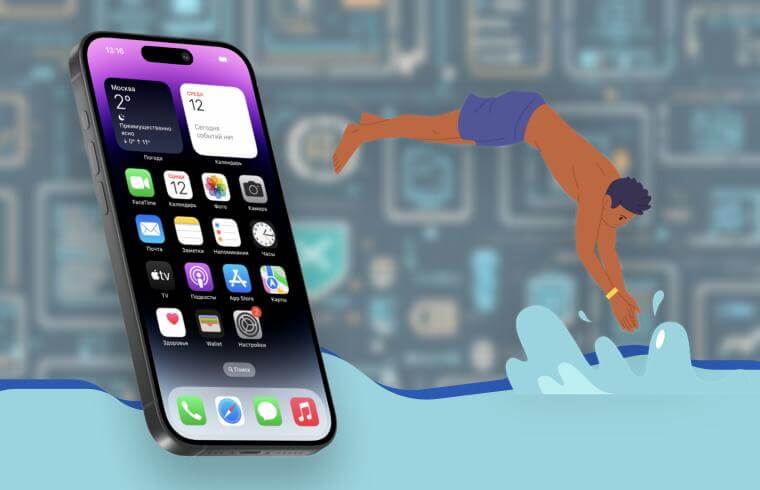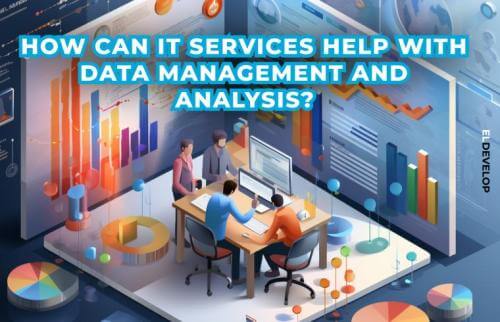
Complete Guide to Mobile App Development
Embarking on the journey of app development is an exciting endeavor, much like setting out to build a groundbreaking app. However, the crucial decision of choosing the right app development language can be likened to selecting the perfect tool for the job—each language possesses unique strengths tailored to specific purposes. Today, let's demystify the world of app development languages, empowering you to make informed decisions for your next significant project.
iOS and Android
In the realm of pocket-sized powerhouses residing on smartphones, we encounter two giants: iOS and Android, each with its programming language of choice.
iOS Development
In Apple's exclusive world, Swift takes center stage. Much like a maestro orchestrating a symphony, Swift ensures seamless performance and delightful user experiences. Ideal for creating sleek, high-performance apps integrated with Apple's ecosystem, Swift shines in applications like productivity tools and multimedia platforms, prioritizing a premium user experience.
Android Development
On the Android front, Java and Kotlin are the languages of choice, catering to a diverse range of devices and user demographics. If your aim is to reach a broad audience and embrace open-source development, Android is the platform for you. This versatility makes it suitable for social media platforms, utility apps, and gaming applications thriving on inclusivity and adaptability.
Frontend and Backend Development
Transitioning to the virtual storefronts and interactive platforms accessed through web browsers, we encounter a different set of languages and frameworks.
Frontend
The face of your web application is crafted through HTML for structure, CSS for styling, and JavaScript for interactive magic. If your focus lies in creating visually appealing, responsive, and interactive user interfaces, frontend development is paramount. This is perfect for applications like e-commerce websites, news portals, and educational platforms, where a seamless user experience is essential.
Backend
The engine room of data management and business logic relies on languages like Python, Ruby, Node.js, and PHP. If your application demands robust data processing, storage, and retrieval, backend development is key. Vital for content management systems and data-driven platforms, efficient data management takes precedence.
Native vs. Cross-Platform Development
Native Development
Tailoring applications to a single platform, such as iOS or Android, involves using platform-specific languages and tools. This approach optimizes platform features, delivering top-notch performance and a seamlessly integrated user experience. Native development is ideal for applications prioritizing performance, platform-specific functionalities, and refined user interfaces.
Cross-Platform Development
On the other hand, cross-platform development aims to create applications running on multiple platforms, often utilizing frameworks like Flutter, React Native, or Xamarin. While sacrificing some platform-specific optimizations, this approach offers faster development cycles, cost-effectiveness, and consistency across various devices. Ideal for projects reaching a broad audience, cross-platform development manages a unified codebase.
Differences between Android and iOS App Testing
App Development Languages: The Jargon
Before diving deeper, let's clarify some jargon.
- Language: The communication medium with your computer, be it Java, Swift, or Python.
- Framework: A toolkit with pre-built tools facilitating easier code structuring and faster application development.
iOS App Development Languages
1. Swift
Swift, the rockstar language for iOS development, excels in speed, security, and user-friendliness. In the realm of banking and finance apps, Swift ensures precise transaction processing and enhanced security, reducing the risk of runtime bugs with its strong typing system.
2. Objective-C
While Swift takes the spotlight, Objective-C remains relevant, especially in legacy projects like large enterprises with existing iOS applications. Its historical significance and compatibility make it a sensible choice for maintaining and updating applications without a complete overhaul.
Android App Development Languages
1. Java
Java, the reliable workhorse, shines in enterprise solutions requiring reliability and scalability. Large-scale Android applications for business benefit from Java's stability and extensive ecosystem of libraries and frameworks.
2. Kotlin
The modern touch in the Android world, Kotlin's conciseness and interoperability with Java make it ideal for user-facing applications like social media platforms. Its modern features contribute to reducing boilerplate code, enhancing the development process.
Frontend App Development Languages
1. HTML
The foundational building block of webpages, HTML structures content. In the realm of informational websites, HTML ensures well-organized pages with quick loading times.
2. CSS
CSS, the stylist, plays a pivotal role in shaping the layout of platforms like e-commerce websites. From color schemes to responsive design, CSS enhances the user experience.
3. JavaScript
MediaTek launched 5G chip
JavaScript, the magician, adds interactivity to real-time collaboration tools or project management platforms. Its ability to manipulate the Document Object Model (DOM) in real-time creates a seamless and interactive user experience.
Backend App Development Languages
1. Python
Python, the multitasker, finds application in backend development for machine learning applications. Its extensive libraries and frameworks make it a powerhouse for applications requiring AI and machine learning integration.
2. Node.js (JavaScript)
Node.js acts as a bridge between frontend and backend, enabling real-time applications with event-driven, non-blocking architecture. In scenarios like real-time messaging applications, Node.js ensures scalability and efficiency.
3. Ruby
Ruby, coupled with the Ruby on Rails framework, excels in rapid development of prototypes. Startups testing new ideas benefit from Ruby on Rails' convention-based approach.
4. PHP
PHP, the workhorse of web development, remains relevant in content management systems. Platforms like WordPress rely on PHP for server-side scripting, database interactions, and dynamic content generation.
Cross-Platform App Development Languages
Flutter (Dart)
Flutter, utilizing the Dart language, offers a visually consistent user interface across iOS and Android. Ideal for applications like e-commerce platforms, Flutter ensures a seamless and visually appealing experience.
React Native (JavaScript)
React Native, powered by JavaScript, brings a native feel to cross-platform development. In real-time collaboration tools, React Native's efficient code reuse ensures a consistent user experience on both iOS and Android.
Xamarin (C#)
Xamarin, leveraging C#, delivers cross-platform applications with native-like performance. In business-oriented applications like Enterprise Resource Planning (ERP) systems, Xamarin ensures a consistent user experience across platforms.
Choosing The Right App Development Language
As you navigate the diverse landscape of app development languages, consider factors such as your project's scope, scalability requirements, community and support, and your team's expertise. Just like selecting ingredients for a recipe, each language contributes to the final flavor of your application. Whether crafting an iOS masterpiece or a web wonder, understanding the strengths and nuances of each language is the key to success.
As you envision your app's future, let us turn those ideas into reality. With our in-depth knowledge and a commitment to excellence, your project is in capable hands. Take the next step—reach out to us, and together, we'll create an app that stands out. Your vision, our expertise—let's build something extraordinary. Contact us now, and let the journey begin!
Recent Articles
- A Case Story: How Academic Research Helped Predict Software Failures Before They Happened Every software team has faced this mom
- Happy New Year 2026
- Behavioural Design as a UX Trend in Mobile Apps for 2026
- MyCountdown — a personal event tracker for iOS
- Why Quality Assurance Is the Unsung Hero of Web Development


